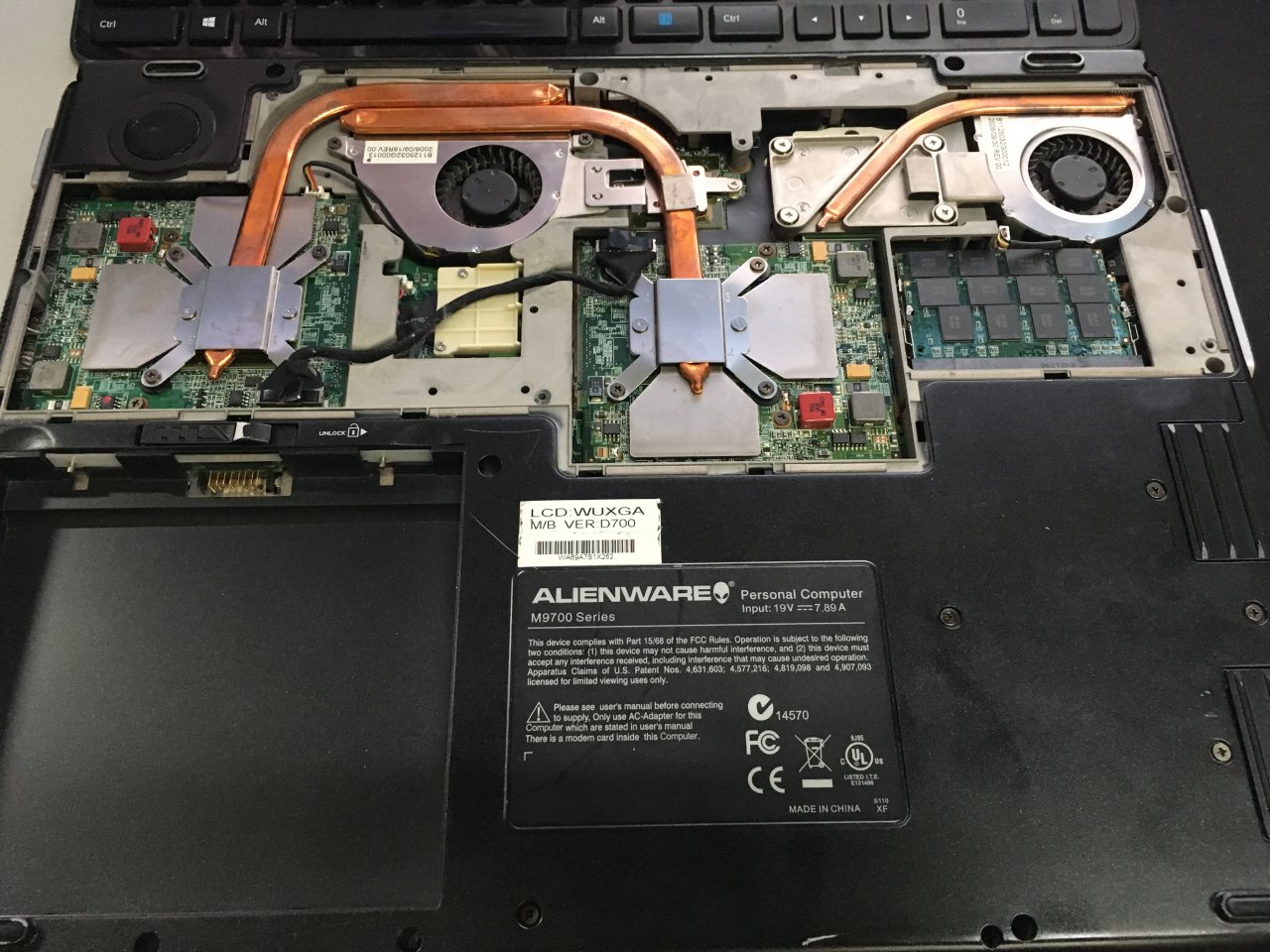I know it's a bit of a general and subjective question... but I have a Sager gaming laptop that's started overheating after 2-3 hours of gaming. Kind of getting annoyed at it. I just ordered a laptop cooling pad, but I would prefer just "fixing" this if I could because I do travel a lot, and carrying an extra cooling pad is not something I'm too enthused about.
I've built many PCs. But I have never opened up a laptop. And the thing is expensive enough I don't want to accidentally break something either. Are laptops (and/or Sager specifically) made to be easily opened up, cleaned/dusted... maybe even reapply some thermal paste?!
I've built many PCs. But I have never opened up a laptop. And the thing is expensive enough I don't want to accidentally break something either. Are laptops (and/or Sager specifically) made to be easily opened up, cleaned/dusted... maybe even reapply some thermal paste?!
![[H]ard|Forum](/styles/hardforum/xenforo/logo_dark.png)

